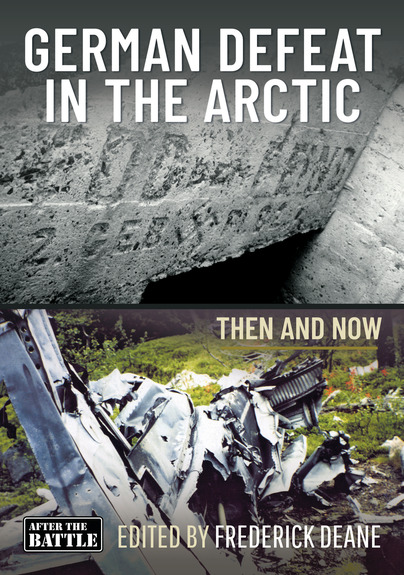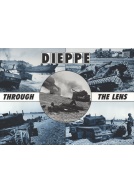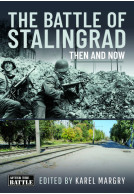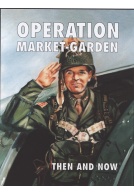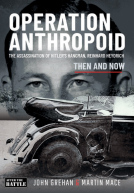German Defeat in the Arctic (Hardback)
Then and Now
Imprint: After the Battle
Pages: 168
Illustrations: 78 mono illustrations
ISBN: 9781036102074
Published: 30th December 2026
(click here for international delivery rates)
Need a currency converter? Check XE.com for live rates
This title, which is utilises the excellent articles by both Lars Gyllenhaal and Major James F. Gebhardt (deceased), first published in After the Battle magazine issues 99 and 136, begins with the Soviet Victory in the Arctic and tells the story of the Soviet offensive on the Karelian Front in October 1944. We then go on to tell the story of how Russian Abwehr agents were dopped over Kola and the subsequent investigation into German crashes in Lapland. This leads us nicely into the investigation of Relics of War Along the Barents Road. An ancient trade route along which people have journeyed since the beginning of time — on foot, by reindeer, sled, horse and wagon, and by motorised transport — the Barents Road connects four Nordic countries: Norway, Sweden, Finland and Russia. Crossing a vast territory along the Arctic Circle it also passes numerous Second World War battlegrounds, wreck sites and museums.
There are no reviews for this book. Register or Login now and you can be the first to post a review!
About Frederick Dean
Frederick Deane works with collectable military antiques and vintage clothing for the film industry and private collectors. He is also assistant curator at the Kent and Sharpshooters Yeomanry Museum, based at Hever Castle in Kent. Frederick has long had a deep interest in the Second World War and military history more broadly and has had a lifelong obsession with the minutiae of 1930s and 40s life. With a First-Class degree in history from University College London, and a place on the university’s Dean’s list, Frederick has written on a broad range of topics from the aftermath of the American Revolution in Canada to the impact of Ministry of Information film on national identity in the 1940s. He also writes regularly on the history of the museum’s antecedent regiments for regimental and museum publications, engaging with both a macro and micro study of the Second World War.







